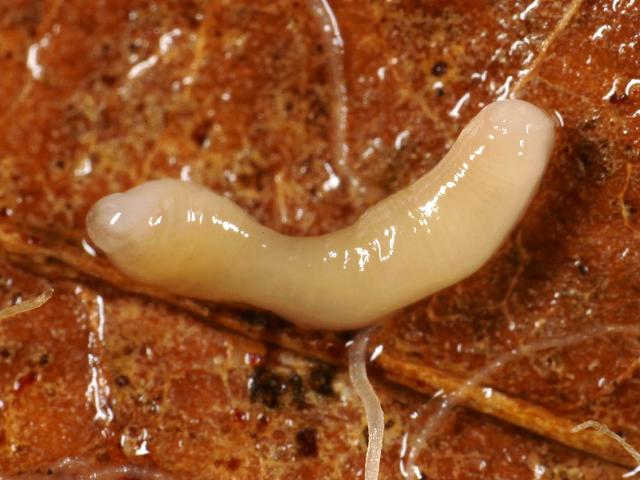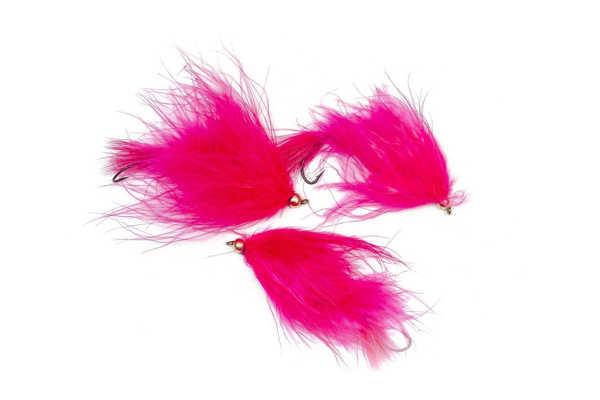



It seems hammerhead flatworms reproduce through fragmentation, meaning new heads form on separated pieces of flatworms to create more flatworms.Īnd yes, we want to avoid more hammerhead flatworms, which means under no circumstances should you try to kill one by cutting it in half.Ī close up of a Hammerhead Flatworm found in a garden in Connecticut JasonOndreicka/Getty Images/iStockphoto Hammerhead flatworms are also known predators to earthworms, which are vital to a healthy soil ecosystem.Īnd if that wasn't creepy enough, they've never been observed reproducing sexually. Named after their resemblance to hammerhead sharks, hammerhead flatworms can grow to nearly a foot long and secrete noxious chemicals through their skin that can be harmful to humans and animals, according to the Texas Invasive Species Institute. READ MORE: Invasive pink snail eggs are popping up on San Antonio's River Walk


 0 kommentar(er)
0 kommentar(er)
